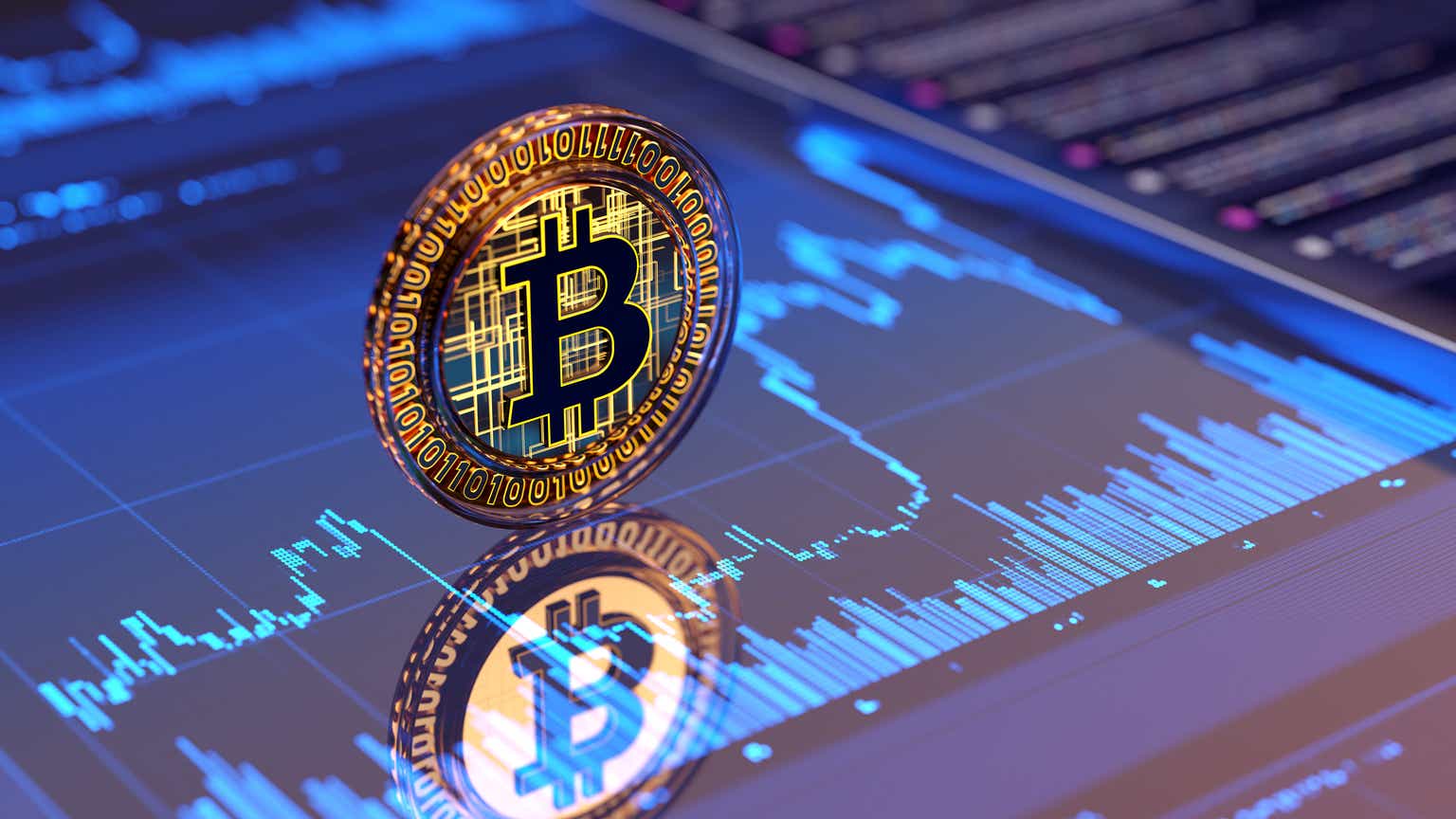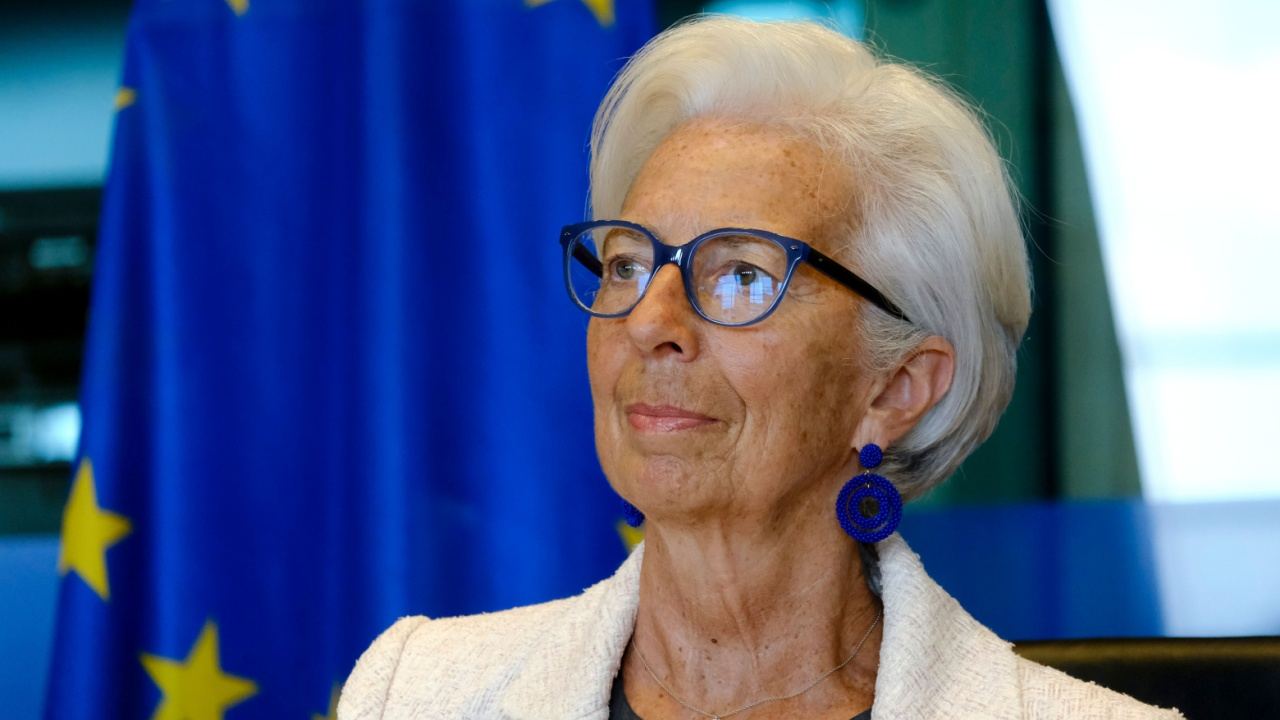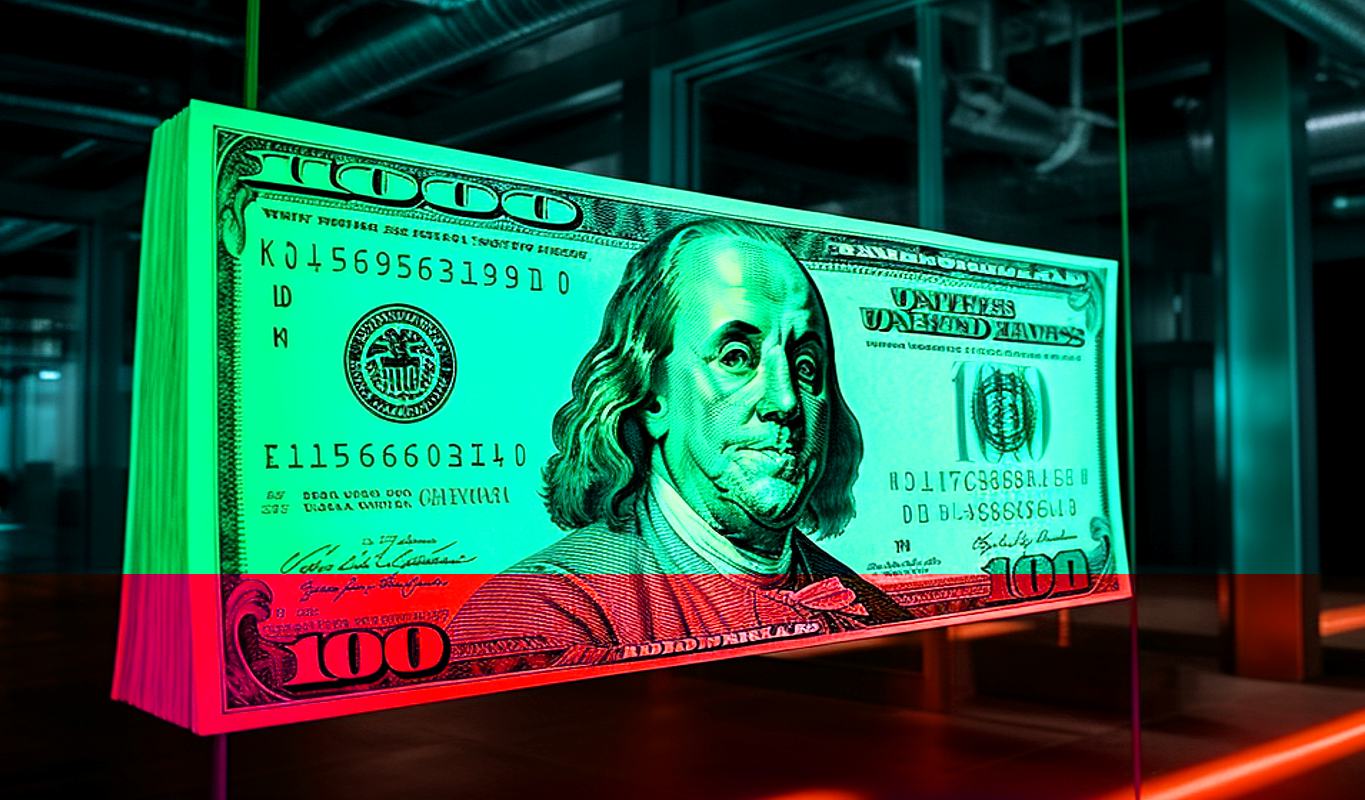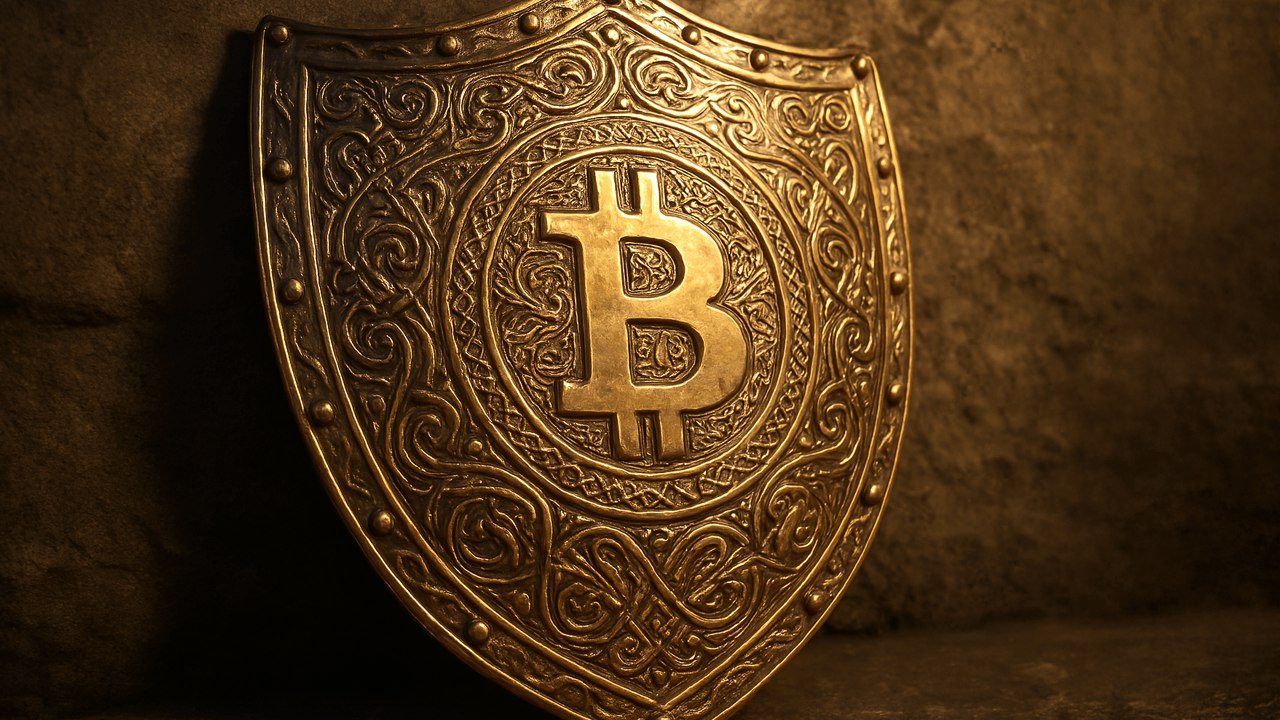
PayPal has added chainlink (LINK) and solana (SOL) to its growing list of supported cryptocurrencies, giving users of both PayPal and Venmo the ability to buy, hold, sell and transfer the tokens directly from their accounts. The move reflects the payments giant’s continued push into the cryptocurrency space after first launching crypto support in 2020. The new tokens will roll out to U.S. users over the next few weeks. “Offering more tokens on PayPal and Venmo provides users with greater flexibility, choice, and access to digital currencies,” said May Zabaneh, PayPal’s Vice President of Blockchain, Crypto, and Digital Currencies, in a press release . The company, which has also launched its own U.S. dollar-backed stablecoin, has last year moved to allow its business clients access crypto directly form their accounts in the U.S.
CoinDesk
You can visit the page to read the article.
Source: CoinDesk
Disclaimer: The opinion expressed here is not investment advice – it is provided for informational purposes only. It does not necessarily reflect the opinion of BitMaden. Every investment and all trading involves risk, so you should always perform your own research prior to making decisions. We do not recommend investing money you cannot afford to lose.
Bitcoin Decouples From The S&P 500, What This Means For Market

Summary Bitcoin`s recent divergence from stock market trends suggests that a risk-off environment is not accurately reflected in the current price of Bitcoin. The current market downturn likely reflects changing fundamentals, not a buying opportunity, with institutional investors selling and a negative medium-term outlook for BTC-USD. Bitcoin`s speculative nature and sensitivity to interest rates make it unlikely to rise in a risk-off environment, suggesting a bearish medium-term outlook. Introduction For a long time, crypto enthusiasts have claimed that Bitcoin (BTC-USD) is a safe haven kind of asset, while crypto enemies referred to the high correlation between the two assets. Nevertheless, this week, crypto, especially Bitcoin, stayed flat while markets crashed, raising the question of why this is and what the implications are. Historic correlation As I have already mentioned, Bitcoin has always been somewhat correlated to the market. Figure 1 shows the correlation of BTC-USD and SPDR S&P 500 ETF Trust ( NYSEARCA: SPY ) during the crashes in 2020 and 2022. Additionally, it shows the performance of both BTC-USD and SPY. Although the correlation is not very high, the returns show that BTC-USD has historically crashed when SPY fell. Figure 1 - Correlation and Performance of BTC and SPY During 2020 and 2022 (Data Source: Yahoo Finance; Table Self-Created ) What Happened This Week And Its Implications This week, however, this historical trend has not continued, as Figure 2 shows. While the market fell almost 10%, Bitcoin even gained 1.7% and did not show enhanced volatility. Figure 2 - Correlation and Performance of BTC and SPY Last Week (Data Source: Yahoo Finance; Table Self-Created ) Another difference between the assets can be seen in the different Fear & Greed Indices shown in Figures 3 and 4. While stock markets are at the bottom range of extreme fear at a value of 4, cryptos are at an F&G level of 30, suggesting only a bit of fear. Figure 3 - Stock Market Fear and Greed Index (CNN) Figure 4 - Crypto Fear and Greed Index ( Alternative.me ) So what are the implications of this? The facts presented clearly show that, as crazy as it sounds, we are not in a risk-off environment at the moment, or at least the market does not perceive it as such. From this particular view, the current downturn in stock only reflects changing fundamentals as the likelihood of a continued trade war has increased, which should not impact cryptos. This interpretation can also be seen in credit spreads shown in Figure 5, which are up but still historically low. Also, iShares 20+ Year Treasury Bond ETF ( NASDAQ: TLT ) as a proxy for bonds is barely above its 200d moving average, showing that there currently is at least no strong flight to safety happening. All of this leaves two conclusions: either some market segments, such as bonds and crypto, do not correctly reflect the current risk of a bear market, or the current market crash is not a buying opportunity but simply reflects the worst outlook. As I have already shown in my recent article on why we are likely in a crash, I believe more in the first theory due to many factors, such as (still) high valuations. Also, volatility is autocorrelated, meaning that volatile days are often followed by more volatile (mostly down) days. Another factor in favor of this thesis is that retail investors have already bought stocks 2 days ago, while the market still lost more than 6% yesterday. This leaves the conclusion that institutional investors are selling at the moment, making a quick rebound unlikely. What follows from this is a negative medium-term outlook for BTC-USD and other cryptos as risk-on assets. The same goes for stocks, although they are less at risk since they already fell by 10% this week and might experience a short-term rally. Should the second thesis be correct, it would still not mean something positive for the crypto sector but rather a continuation of its current sideways trend. BTC-USD is still below its 200d simple moving average, suggesting lower returns and higher volatility. For stocks, the second thesis could mean the same. Nevertheless, it implies that a quick recovery is unlikely. Figure 5 - BBB Bond Treasury Spreads ( Longtermtrends ) Could BTC-USD Be a Safe Haven This Time? At this point, many crypto enthusiasts will likely say that BTC-USD could rise even in a high-risk environment. In my opinion, this is highly unlikely, as Bitcoin is considered a speculation for many. In times when people see their portfolios fall 6% in one day, they often tend to try to negate risk, not increase it. Also, a rising crypto market during a crash would imply that investors still have cash, which they often do not have as the market would not crash otherwise. Additionally, crashes often coincide with high valuations, again proving the point of low cash reserves. The last factor is interest rates. As we have learned during the 2020 and 2022 crashes, Bitcoin is interest rate sensitive. Nevertheless, likely, the FED will not start cutting rates due to the possible inflationary impacts that Jerome Powell himself has acknowledged recently. Conclusion While the current divergence of Bitcoin could be seen as bullish, it might rather be bearish over the medium term. As the market falls, they will try to offset risk, which will likely decrease the price of Bitcoin. For SPY, the news might either mean that the recent crash was only a change in fundamentals, which would mean no crash but also no buying opportunity, or it could lead to a bear market, in which case SPY would still be a better hold than BTC-USD. CoinDesk

ECB’s Lagarde Advocates for EU’s Own Digital Payment Platform to Ensure Financial Sovereignty
European Central Bank (ECB) President Christine Lagarde has urged the European Union to develop its own digital payment platform, moving away from reliance on foreign giants like Visa, Mastercard, Paypal, and Alipay. Speaking on The Pat Kenny Show, Lagarde emphasized the need for a “European offer” to secure financial sovereignty, highlighting the risks of dependence CoinDesk











